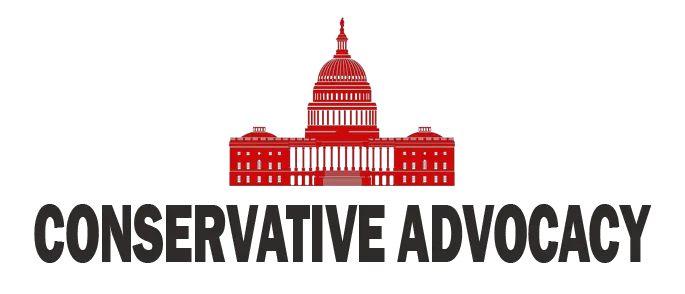In the world of politics, there is always something brewing, and New York Governor Kathy Hochul is in the thick of it. Recently, she found herself discussing the state’s redistricting process, raising eyebrows and, of course, the stakes. It seems that Hochul is ready to jump into the fray as she navigates the complexities of New York’s political landscape following a constitutional amendment that was passed by voters in 2014. That amendment was designed to keep partisan gerrymandering in check, but now it is sparking debates all over again.
The heart of the matter revolves around accusations from Congressman Mike Lawler, among others, that Democrats are attempting to bypass the rules. The voters, they argue, made it clear at the ballot box that they wanted redistricting handled by an independent commission, not by party machinations. Hochul, however, insists that the current political climate, marked by economic woes and a perceived threat to democracy, justifies these discussions. She even suggests that the circumstances call for “fighting fire with fire.” If that doesn’t sound like a rallying cry, what does?
As she navigates this political dance, Hochul claims her focus is on public safety and affordability for New Yorkers. However, she is also acutely aware of the stakes involved, especially with looming elections. Frustration mounts as she points fingers at former President Donald Trump for shifting the political narrative. Citing the challenges New Yorkers are facing — unemployment, rising costs, and more — Hochul is adamant that her administration must take action to protect their interests, no matter where it leads them in terms of political strategy.
The redistricting process in New York has historically been tangled in legal battles. Just three years ago, a Democratic-drawn map was rejected by the state’s highest court, which raised questions about transparency and adherence to the new rules. Hochul may be faced with the daunting task of ensuring that New York’s political boundaries adhere to legal requirements while simultaneously serving her party’s needs. In her words, the goal is to “fight back” against what she terms a “blatant power grab” by the Republicans, who appear to be maneuvering for power in their own right.
As the conversation unfolds, Hochul is not shy about addressing the criticisms directed at her and her party. She attempts to dispel notions that Democrats are engaging in the same sort of manipulative practices they accuse Republicans of. For her, the real issue is not just about drawing maps but about standing firm against policies that she believes are detrimental, especially those that are rolling back the progress made since the constitutional reforms were put in place. She aims to show voters that her administration is not simply siding with party lines but is dedicated to the welfare of all New Yorkers.
In the end, Hochul’s actions will be scrutinized as New York braces for the next round of elections. Her resolve to combat what she sees as unfair tactics by the Republicans puts her in the spotlight, igniting conversations about ethics, democracy, and representation. As the political landscape continues to shift, one thing is for sure: the fight for power in New York will be anything but dull. With Hochul at the helm, New Yorkers might just see a different approach to governance that combines grit, determination, and perhaps a bit of New York flair.




